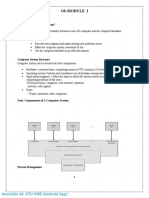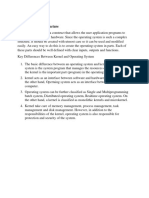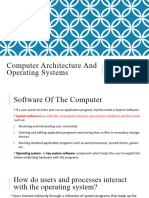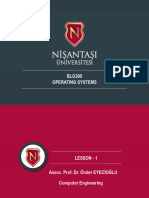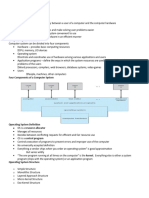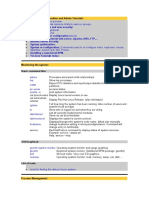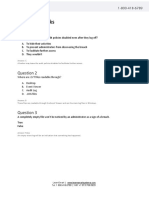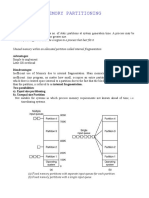0% found this document useful (0 votes)
35 views17 pagesUnit 02 - Operating System Architecture
Unit 2 of the Operating Systems course covers various architectures and components of operating systems, including the layered approach, microkernels, and UNIX kernel components. It emphasizes the importance of modular design for ease of maintenance and debugging, and introduces the concept of virtual machines that abstract hardware into multiple execution environments. The unit also discusses the advantages and challenges of different operating system structures and methodologies.
Uploaded by
aditi.sengar2022Copyright
© © All Rights Reserved
We take content rights seriously. If you suspect this is your content, claim it here.
Available Formats
Download as PDF, TXT or read online on Scribd
0% found this document useful (0 votes)
35 views17 pagesUnit 02 - Operating System Architecture
Unit 2 of the Operating Systems course covers various architectures and components of operating systems, including the layered approach, microkernels, and UNIX kernel components. It emphasizes the importance of modular design for ease of maintenance and debugging, and introduces the concept of virtual machines that abstract hardware into multiple execution environments. The unit also discusses the advantages and challenges of different operating system structures and methodologies.
Uploaded by
aditi.sengar2022Copyright
© © All Rights Reserved
We take content rights seriously. If you suspect this is your content, claim it here.
Available Formats
Download as PDF, TXT or read online on Scribd
/ 17







